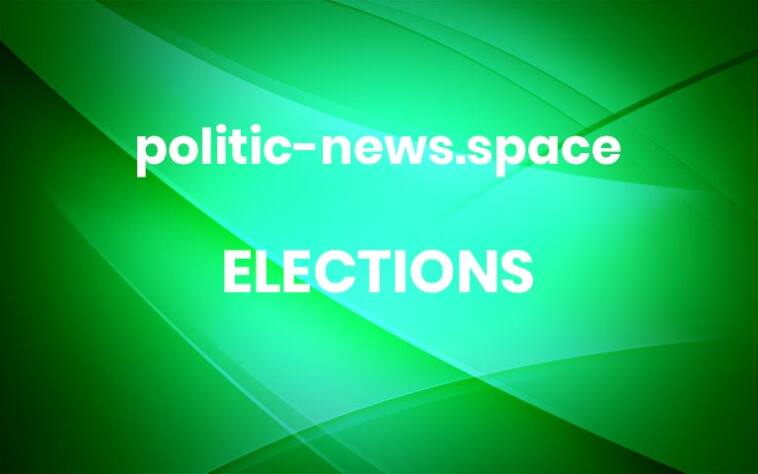President Trump has been battling with The Associated Press over his decree that the body of water between Florida and Mexico be identified as the Gulf of America. This may look like no more than a classic Washington quarrel, long a characteristic of the press and the presidency, that has reached an extreme level over semantics. It’s much bigger than that, and the implications are far-reachingI say that as a former longtime White House reporter. I began my stint there covering Jimmy Carter for The A.P. As its senior White House correspondent during most of Ronald Reagan’s first term, I was in and out of the Oval Office almost daily and regularly traveled aboard Air Force One. Later, as a Los Angeles Times correspondent, I covered the White House during Mr. Reagan’s second term and the presidencies of George H.W. Bush, Bill Clinton and George W. Bush.This far from conventional dispute erupted nearly two weeks ago when an A.P. reporter was barred from an Oval Office event because his news organization had continued to refer to the Gulf of Mexico by its longstanding name. Three days later, a White House official said the administration would bar A.P. reporters from the Oval Office and from Air Force One, though they would retain credentials to the White House complex. Mr. Trump weighed in on Tuesday, saying, “We’re going to keep them out until such time as they agree that it’s the Gulf of America.”Dozens of major news organizations, including The New York Times and the conservative outlets Fox News and Newsmax, called on the White House on Monday to lift its ban on The A.P., to no avail. On Friday, The A.P. sued top White House officials, accusing them of violating the First and Fifth Amendments by denying its reporters access.The attack on the news agency brings into focus the administration’s refusal to respect the First Amendment, with presidential aides and the president himself trying to dictate the very language news reporters may use — just as George Orwell’s fictional dictators did. It is emblematic of the broader assault by the White House on the public’s right to know. In the administration’s opening weeks, Brendan Carr, Mr. Trump’s new chairman of the Federal Communications Commission, has ordered his agency to investigate ABC, CBS, NBC, PBS and NPR. The Defense Department has thrown such mainstream media outlets as The New York Times, NBC News and NPR out of their work spaces in the Pentagon and moved in some conservative outlets.The pressure has begun to take on the outlines of chilling history. Dictators and other authoritarian leaders have long sought to control the critical role the mass media plays in shaping public discourse.We are having trouble retrieving the article content.Please enable JavaScript in your browser settings.Thank you for your patience while we verify access. If you are in Reader mode please exit and log into your Times account, or subscribe for all of The Times.Thank you for your patience while we verify access.Already a subscriber? Log in.Want all of The Times? Subscribe. More



